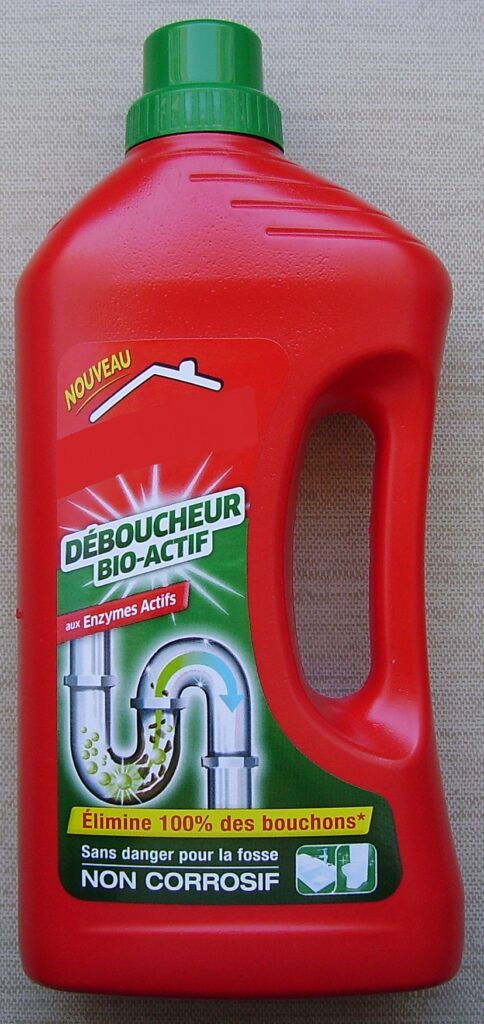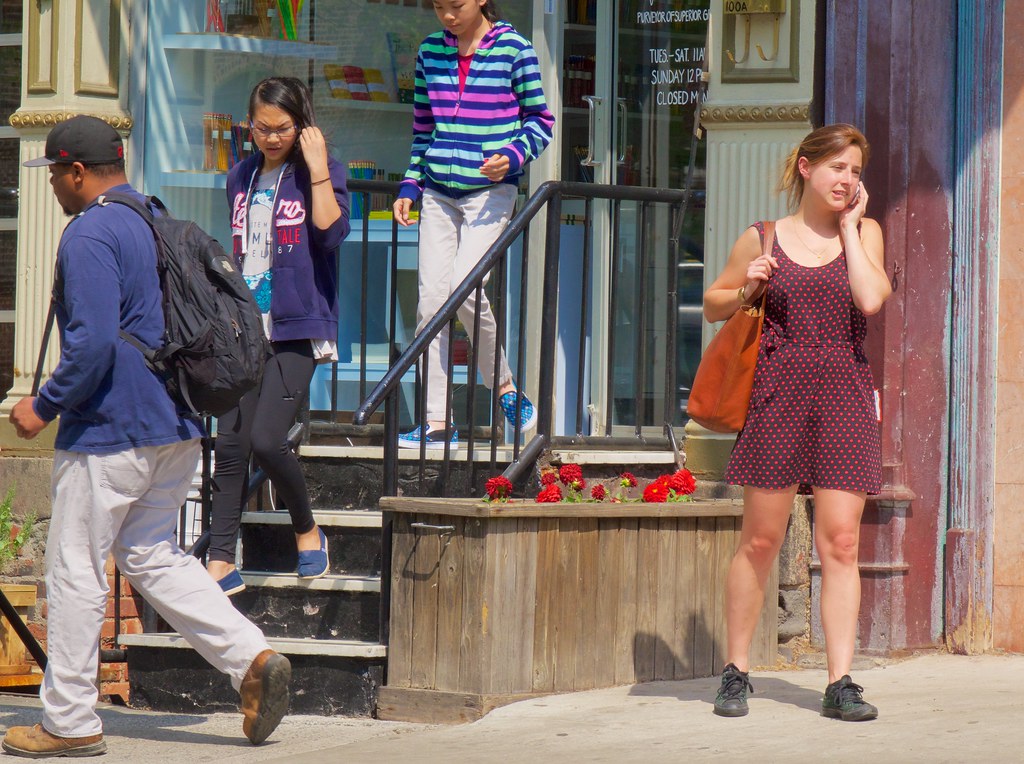A spring morning with the sun gently warming the earth, coaxing the hidden treasures of nature to unveil themselves. Among these treasures, a peculiar little bloomer takes center stage – the grape hyacinth. With its enchanting clusters of purple flowers, it’s easy to see why this plant has captivated the hearts of gardeners and foragers alike. But before you let its name fool you into thinking it’s the next best snack, let’s dive into the fascinating world of grape hyacinths and why, despite their alluring name, they’re not on the menu.
Grape Hyacinth: A Beauty with a Twist
Alexis Nikole Nelson, also known as BlackForager, has carved a niche for herself in the hearts of foraging enthusiasts with her educational and entertaining social media presence. Through her, we learn of the joys and pitfalls of foraging, summed up aptly in her signature advice: “Happy snacking, don’t die.” Among the myriad of wild plants she introduces, grape hyacinth stands out – not just for its beauty but for the confusion its name creates.
Grape hyacinth, a spring vision in purple, belongs to the genus muscari and finds its relatives not in the vineyards but within the asparagus family. Despite its name suggesting a fruity or floral snack, it’s neither related to grapes nor the perfumed hyacinths that might adorn a beautiful bouquet. Originating from southern Europe, Greece, and Asia, this plant has traveled far and wide, adapting to various landscapes, including the picturesque yards across the Island. Its ease of collection and naturalizing tendency makes it a common sight, much to the delight and sometimes confusion of local foragers.
The Culinary Possibilities of Grape Hyacinths
But the plot thickens as we delve deeper into the edible aspects of the grape hyacinth. Alexis Nikole Nelson’s exploration into the culinary uses of this plant reveals a world of possibilities – with a catch. The flowers and buds, those tempting little purple beads, are the only parts of the plant deemed safe for human consumption. Venturing beyond these, into the realm of the plant’s other bits, introduces us to saponins – a bitter and slightly toxic compound. So, while the thought of infusing these flowers in hot water or alcohol to create stunning blueish-purple concoctions might dance in your head, remember, this is no snack for your cold-blooded pets or, quite frankly, for any casual nibbling.
The chemistry of grape hyacinth opens up a kaleidoscope of colors depending on the pH of the solution it joins. From reds and pinks to greens, this plant’s anthocyanins ensure that any culinary experiment becomes a vibrant chemistry lesson. Alexis herself demonstrated this magical transformation by turning lemonade pink with her grape hyacinth syrup, invoking the spirit of #blackgirlmagic and the wonders of kitchen science.

Alexis’s experiments with grape hyacinth syrup turning lemonade pink is just the tip of the iceberg. The chemistry of grape hyacinths, with their anthocyanins acting as a pH indicator, offers a playful approach to cooking. This could revolutionize home bartending or even add a twist to your usual culinary repertoire. A drop of grape hyacinth essence could turn a simple cocktail into an enchanting elixir, or a dressing into a colorful spectacle, making your dinner plate a canvas for culinary art.
Beyond the realm of culinary experimentation, grape hyacinths hold an ecological significance that shouldn’t be overlooked. While we marvel at their potential in our kitchens, it’s important to remember their role in the ecosystem. Bees, those tireless pollinators, find an essential source of early spring forage in these flowers. So, while we borrow a few blooms for our experiments, let’s ensure we leave enough for our buzzing friends and the health of our local environments.
While we wrap up this exploratory journey into the culinary uses of grape hyacinths, it’s clear that these flowers offer more than just a visual feast. They challenge us to look at the natural world with curiosity, to question and experiment, but above all, to respect the delicate balance of nature. From the chemistry lab of our kitchens to the ecological web of our backyards, grape hyacinths serve as a reminder of the interconnectedness of all things. And who knows, maybe one day, through careful experimentation and culinary innovation, we’ll find more ways to safely incorporate these and other wild plants into our diets. Until then, let’s keep exploring, learning, and, as always, snacking happily and safely.
Related posts:
The Vineyard Gazette – Martha’s Vineyard News
Lampascioni: Southern Italy’s Edible Hyacinth Bulbs





